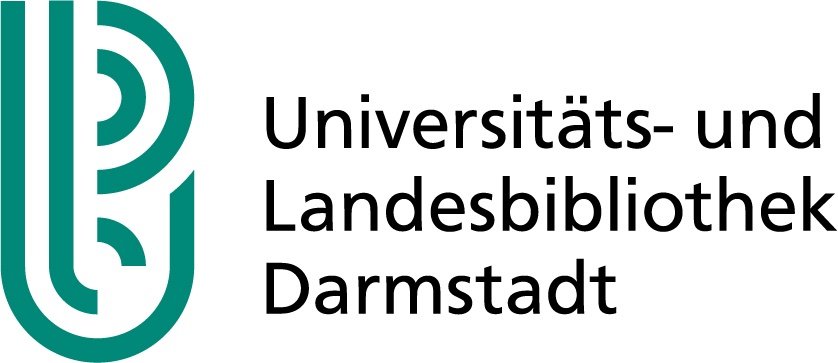We have a comprehensive understanding of digitisation as a task that goes beyond purely scanning and, in addition to project planning, quality management, indexing and presentation of digital objects, also includes support with conservation projects and long-term archiving.
Along with the “old book”, we also feel responsible for the digitisation of new and non-book media, microforms, modern literature, audiovisual media, special materials and special collections.
Fields of activity
Services
- Development of digital collections, digitisation projects (old stock)
- Development and expansion of the digitisation infrastructure
- Consultations of digitisation projects and projects with external partners
- Paid Repro service
- Technical support for internal scanning services (interlibrary loans, tables of contents etc.)
- Scanning for teaching (newer collections, course reserves, AV media etc.)
Other tasks
- Documentation of damage to older stock before restoration projects
- Reproduction and crony photographs for exhibitions, events and public relations
- Support for TU institutions with digitisation projects
Why digitisation?
Reasons for digitising older media:
- (historical) interest in form and/or content, e.g. of old maps, manuscripts or cradle prints as well as materials of more recent history
- preservation of threatened/endangered books (e.g. paper decay)
The advantage is the easy availability on the Internet, which makes rare, valuable or endangered books and manuscripts visible and accessible to anyone, anywhere in the world.
In addition to easier duplication and citability, the simpler, location-independent availability is another key advantage of digitisation for new media or books.

